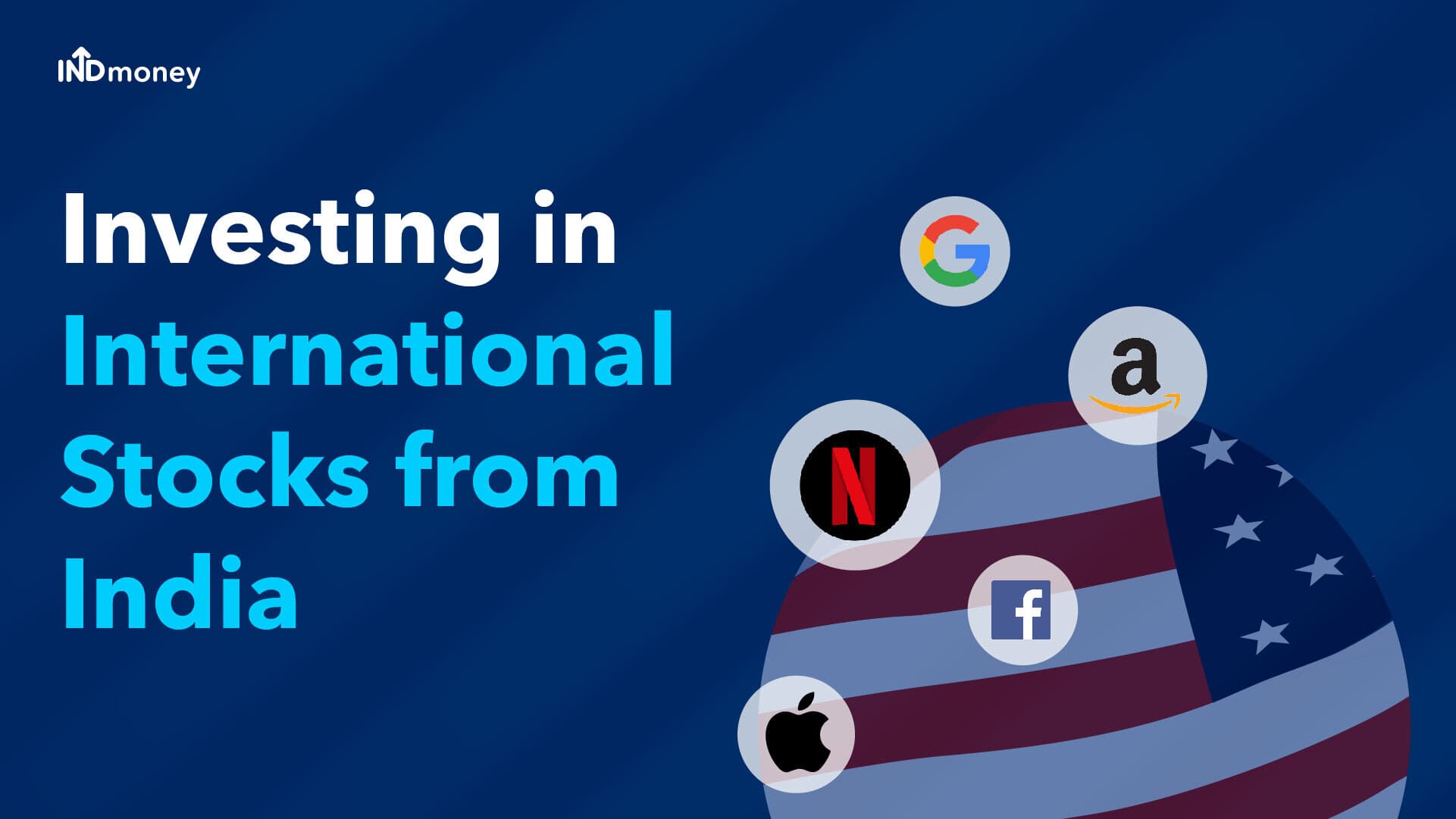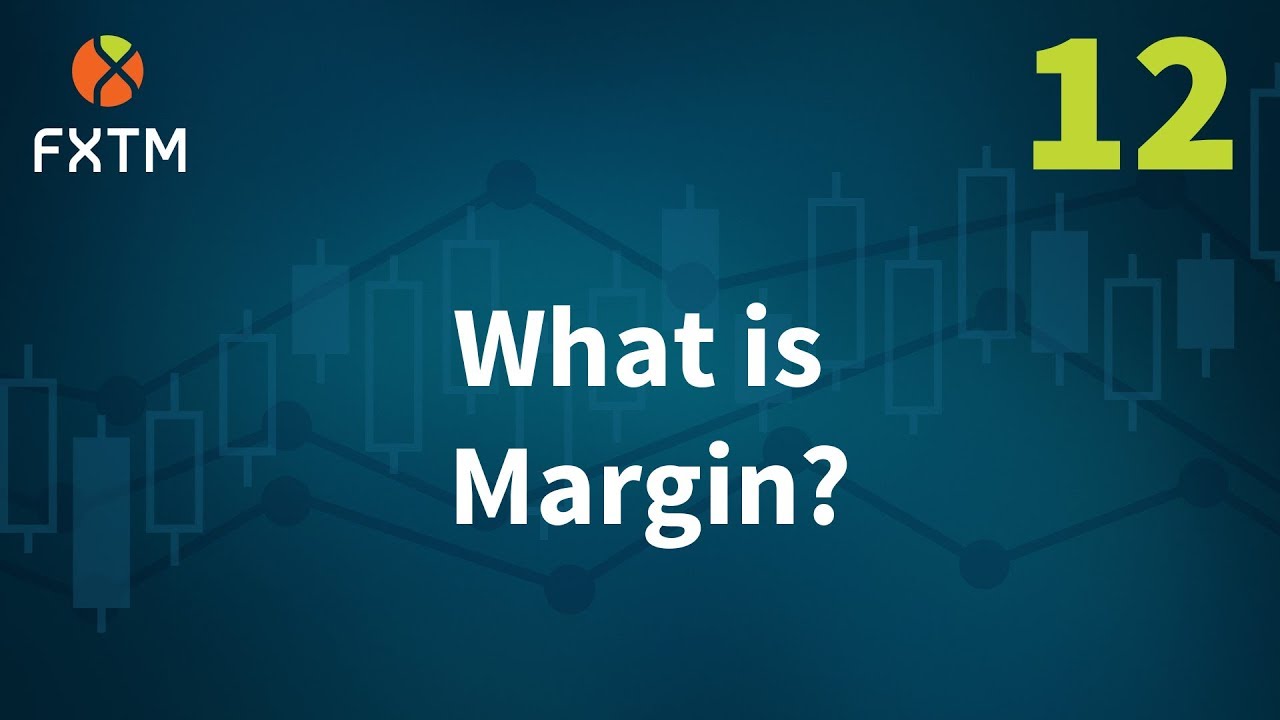
Both Futures or Options are two options that you might have heard about when it comes investing. Both offer a higher return but may require different accounts. Options can trade multiple scripts, while futures contracts allow you to hedge against the current holdings in your portfolio. A margin account is also required for futures contracts. Here are some advantages and disadvantages to each.
Options can offer higher returns on investments
The question is whether options offer a higher rate of return than other investments. Options have high potential for return but also have many negatives. If you don't make the right decision at the right moment, you could lose all of your investment. This is something that individual investors should consider before investing in options. But how do they work? Let's see how they work. Continue reading for more information about the advantages of options to investors.
Although it's more risky to buy options than stocks, there is a lower risk. Option investors do not have to pay large commissions. This means that they can invest in many different options without having to commit a lot of capital. They also have a lower risk of gaps opening, which can make them a great option for reducing risks. They can be more flexible than stock investments, and they offer higher returns.

Futures contracts are a way for individuals to hedge against current holdings in their portfolio
Futures are a great option to diversify portfolio and give you market exposure for underlying commodity assets. Additionally, these contracts can help you manage risks related to upcoming events. Futures contracts offer the same margin requirement for both long and short positions, making them a convenient tool to hedge against your current holdings. You can also take a bearish stance or reverse a position without having to incur additional margin requirements.
Futures can be traded on the Mercantile Exchange or the Chicago Board of Trade. These exchanges offer traders a wide range of markets and products. These include metals, energy and grains, as well as forest, livestock, softs, and other commodities. Although futures are a complex market, they offer retail investors additional exposure to various commodities and energy prices. Financial advisors suggest that retail investors hold between 5 to 15% of their portfolio in the futures market. Futures accounts also have their own regulations and approval requirements. These can vary depending on the product.
Options require margin accounts
If you want to start trading options or futures you will need to open a Margin Account. Cboe rule 10.3 sets the minimum margin that is required for all types and trades. Margin requirements will vary from one brokerage to another. These margin requirements can be found in the Cboe Margin Manual. Options require more margins than futures. If you are unsure, contact your brokerage firm.
If you open a Margin Account, you will deposit money to secure the position. The brokerage firm will then lend money to you to buy or sell shares in this market. You will lose voting rights, but you'll still get dividends on the shares that you lend. You will be taxed differently if this money is borrowed than if it were your own shares. Margin accounts are best for novice investors, because they require work and knowledge on your part.

Futures contracts permit individuals to trade on multiple of the same scripts
Futures contracts enable you to sell and buy securities. Individuals can purchase or sell a certain amount on the underlying asset. But, they can also trade on a lesser amount known as the margin. This margin allows traders to trade on a smaller amount of money and avoid the risks of losing their entire investment. Individuals can trade futures contracts with margins of three to twelve per cent of the underlying assets value.
Individuals must maintain a margin for futures trading to protect against loss. If the underlying asset drops in value, this margin must be returned back to the original level of the futures position. Investors must pay an additional three-hundred dollars for each dollar that the corn price falls by, as an example. This loss can be avoided if the futures contract is closed or sold.
FAQ
What is the role and function of the Securities and Exchange Commission
SEC regulates brokerage-dealers, securities exchanges, investment firms, and any other entities involved with the distribution of securities. It also enforces federal securities laws.
Are bonds tradeable
They are, indeed! Like shares, bonds can be traded on stock exchanges. They have been traded on exchanges for many years.
They are different in that you can't buy bonds directly from the issuer. They must be purchased through a broker.
This makes it easier to purchase bonds as there are fewer intermediaries. This means you need to find someone willing and able to buy your bonds.
There are many types of bonds. While some bonds pay interest at regular intervals, others do not.
Some pay interest annually, while others pay quarterly. These differences make it easy to compare bonds against each other.
Bonds can be very helpful when you are looking to invest your money. If you put PS10,000 into a savings account, you'd earn 0.75% per year. The same amount could be invested in a 10-year government bonds to earn 12.5% interest each year.
If you were to put all of these investments into a portfolio, then the total return over ten years would be higher using the bond investment.
What is the trading of securities?
The stock market allows investors to buy shares of companies and receive money. To raise capital, companies issue shares and then sell them to investors. These shares are then sold to investors to make a profit on the company's assets.
Supply and demand determine the price stocks trade on open markets. If there are fewer buyers than vendors, the price will rise. However, if sellers are more numerous than buyers, the prices will drop.
There are two ways to trade stocks.
-
Directly from the company
-
Through a broker
What is a Stock Exchange, and how does it work?
A stock exchange allows companies to sell shares of the company. Investors can buy shares of the company through this stock exchange. The market decides the share price. It is often determined by how much people are willing pay for the company.
Companies can also get money from investors via the stock exchange. Companies can get money from investors to grow. Investors purchase shares in the company. Companies use their money for expansion and funding of their projects.
Many types of shares can be listed on a stock exchange. Some of these shares are called ordinary shares. These are the most common type of shares. Ordinary shares can be traded on the open markets. The prices of shares are determined by demand and supply.
Preferred shares and debt securities are other types of shares. Preferred shares are given priority over other shares when dividends are paid. The bonds issued by the company are called debt securities and must be repaid.
How do I choose an investment company that is good?
It is important to find one that charges low fees, provides high-quality administration, and offers a diverse portfolio. The type of security that is held in your account usually determines the fee. Some companies charge no fees for holding cash and others charge a flat fee per year regardless of the amount you deposit. Others charge a percentage on your total assets.
It is also important to find out their performance history. Poor track records may mean that a company is not suitable for you. Companies with low net asset values (NAVs) or extremely volatile NAVs should be avoided.
Finally, it is important to review their investment philosophy. Investment companies should be prepared to take on more risk in order to earn higher returns. They may not be able meet your expectations if they refuse to take risks.
Statistics
- Even if you find talent for trading stocks, allocating more than 10% of your portfolio to an individual stock can expose your savings to too much volatility. (nerdwallet.com)
- For instance, an individual or entity that owns 100,000 shares of a company with one million outstanding shares would have a 10% ownership stake. (investopedia.com)
- Individuals with very limited financial experience are either terrified by horror stories of average investors losing 50% of their portfolio value or are beguiled by "hot tips" that bear the promise of huge rewards but seldom pay off. (investopedia.com)
- Ratchet down that 10% if you don't yet have a healthy emergency fund and 10% to 15% of your income funneled into a retirement savings account. (nerdwallet.com)
External Links
How To
How to Trade on the Stock Market
Stock trading refers to the act of buying and selling stocks or bonds, commodities, currencies, derivatives, and other securities. The word "trading" comes from the French term traiteur (someone who buys and sells). Traders are people who buy and sell securities to make money. This is the oldest type of financial investment.
There are many different ways to invest on the stock market. There are three main types of investing: active, passive, and hybrid. Passive investors do nothing except watch their investments grow while actively traded investors try to pick winning companies and profit from them. Hybrid investor combine these two approaches.
Passive investing is done through index funds that track broad indices like the S&P 500 or Dow Jones Industrial Average, etc. This approach is very popular because it allows you to reap the benefits of diversification without having to deal directly with the risk involved. You can just relax and let your investments do the work.
Active investing involves picking specific companies and analyzing their performance. Active investors look at earnings growth, return-on-equity, debt ratios P/E ratios cash flow, book price, dividend payout, management team, history of share prices, etc. They then decide whether or not to take the chance and purchase shares in the company. If they believe that the company has a low value, they will invest in shares to increase the price. However, if they feel that the company is too valuable, they will wait for it to drop before they buy stock.
Hybrid investment combines elements of active and passive investing. One example is that you may want to select a fund which tracks many stocks, but you also want the option to choose from several companies. You would then put a portion of your portfolio in a passively managed fund, and another part in a group of actively managed funds.